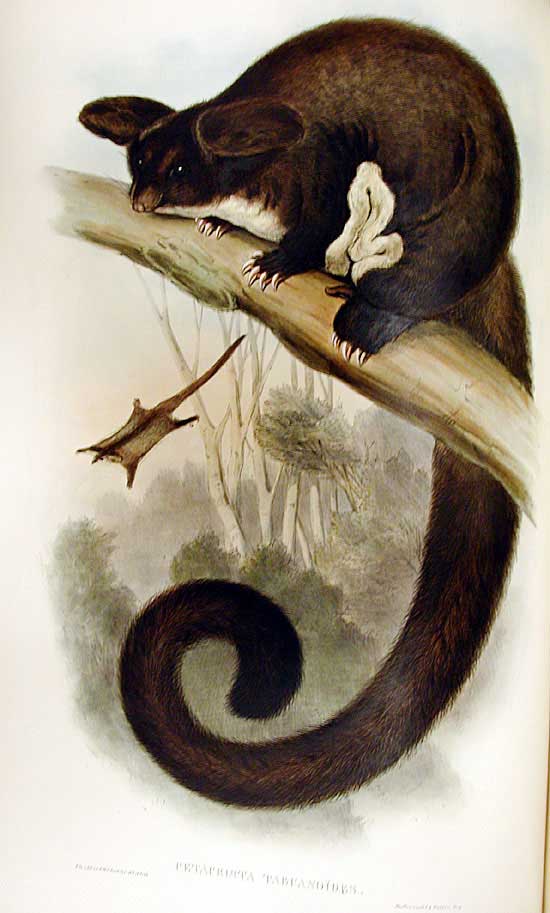Facts About Greater glider
The greater glider is an intriguing marsupial native to Australia, though it is not closely related to the more familiar Petaurus group of gliding marsupials. Instead, it shares a closer kinship with the lemur-like ringtail possum. This nocturnal, solitary creature primarily feeds on Eucalyptus leaves and buds, making its home in the eucalypt forests scattered across Australia.
With its shaggy coat, long tail, large ears, and gliding membranes, the greater glider is well-adapted to its lifestyle. It is uniquely equipped to manage heat and digest the low-nutrient eucalyptus foliage. Each year, females give birth to a single joey, which remains in the pouch for several months until it is ready to explore the world.
Greater gliders are found in southern Queensland, eastern Australia, New South Wales, and the Victorian highlands. They favor habitats filled with specific eucalypt species and thrive at certain elevations. These nocturnal foragers spend their days resting in hollow trees and communicate with each other through scent marking. They also have unique gliding postures that distinguish them from other species.
Their diet mainly consists of various eucalypt species, and they must remain vigilant for predators such as the Powerful Owl and feral cats. The breeding season runs from February to May, with mothers carrying their young in their pouches until they are weaned. Greater gliders can live up to fifteen years in the wild.
From an evolutionary perspective, greater gliders are closely related to ringtail possums, with their lineage diverging around 18 million years ago. Fossil records indicate that they once had a much wider distribution. Today, the greater glider is listed as vulnerable under various conservation acts due to ongoing threats to its population.
